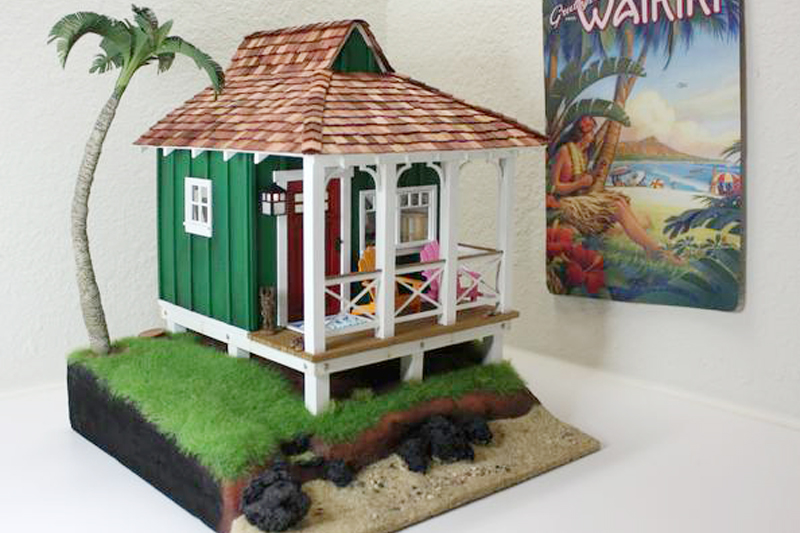
See How This Maker Combines Laser Cutting With Hand Crafting To Build A One-Of-A-Kind Wooden Dollhouse
With all of the products in the world that are sold from the largest retailers to the smallest online shops, it’s amazing just how often you can’t find exactly what you want. Maybe the size, shape or colors aren’t right. Perhaps it’s the functionality. Or even the price. We’ve all said, “I wish I could just find this,” whatever “this” is.
While there’s no hard scientific data, it’s pretty clear this phenomenon happens to makers—a lot. In fact, many makers get started making because the “right” products simply don’t exist.
This is true for Liz Bradshaw, who spends her days as a science communicator for a large research collaborative studying noroviruses (the stomach flu). In her spare time, she shares her love of science through art at Wishcraft Studio. And one of her passions is building wooden dollhouses.
“There is a lack of new or different designs out there for dollhouses, and only a couple of kit-making companies still exist in the U.S.,” she says.
Unable to find what her heart desired, she stopped wishing for the perfect dollhouse and started making them.
Making Dollhouses
Making miniatures is no small task. Getting the scale right is essential. That’s the science. And the attention to detail is what makes the dollhouse experience authentic. That’s the art.
Liz’s Hawaiian bungalow is the perfect blend of science and art. And it’s so cool that you’ll wish there was a life-size version of it that you could visit.
Her creative process begins with a theme she wants to recreate, in this case, a Hawaiian hideaway house. “I do a ton of research on what should be in the scene and make Pinterest boards of ideas,” Liz says. “Hawaii is an amalgamation of cultures, such as the Polynesian, Japanese, Chinese and Puerto Rican ways of life, and I wanted to incorporate them in the house. It’s called the Ohana House because ohana means family, and several of the items in the house represent my family and friends.”
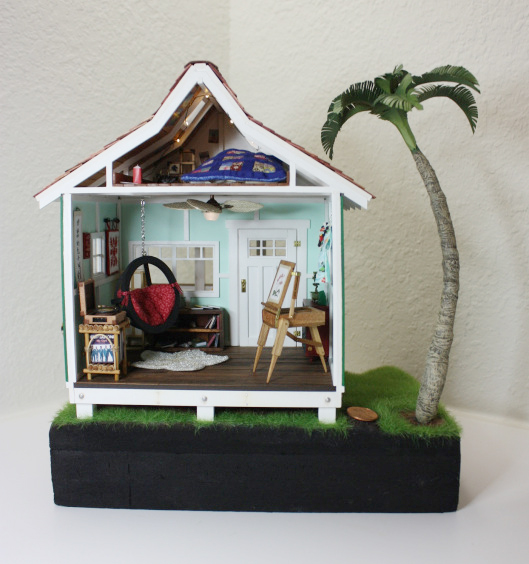
Liz began designing the Ohana House on paper at half scale (1:24, or half an inch equals a foot).
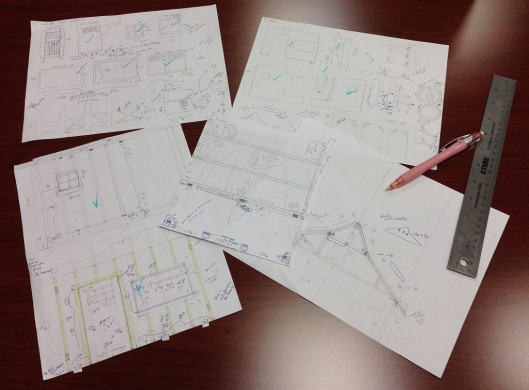
Once the details were perfect, she then recreated the building as well as some of the furniture pieces in Adobe Illustrator to prep them for laser cutting.
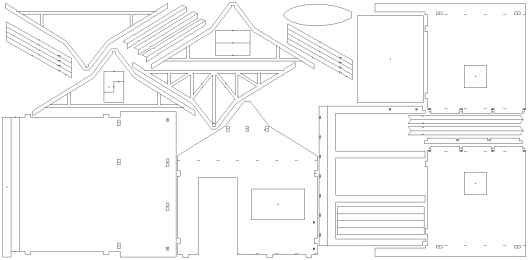
She chose 1/8″ and 1/16″ birch plywood for the structure and 1/16″ clear acrylic for the windows. Here’s how it looks when freshly laser cut:
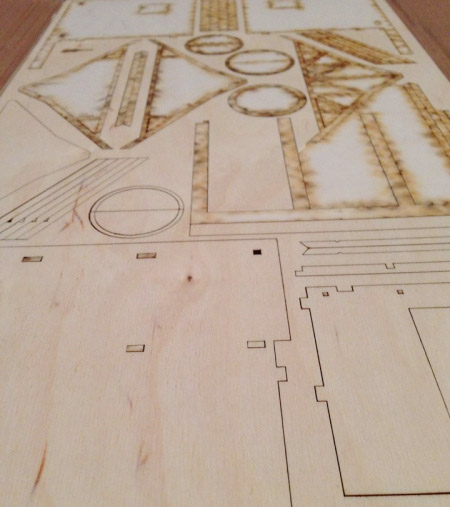
“Dollhouse kits have long been made of thin sheets of wood, and with the advent of laser cutting, there are a small but growing number of people creating house designs and accessories,” she says. “I designed the Ohana House with slots and tabs so that the walls, floor and roof would go together smoothly. Wood is also a good choice for construction since it is a little flexible and can be sanded.”
Here’s how the laser cut frame came together (with a little help from blue tape) prior to permanent gluing:
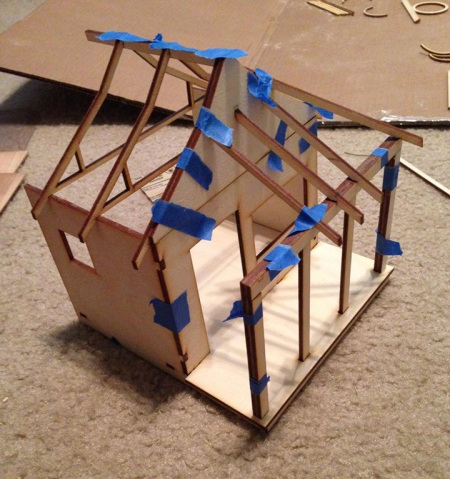
Perfecting Miniature Details
Liz says that she imagines the person living in this house to be “fond of travel and that they have a collection of vintage travel posters, postcards and pen pal letters on display in their inner sanctum.”
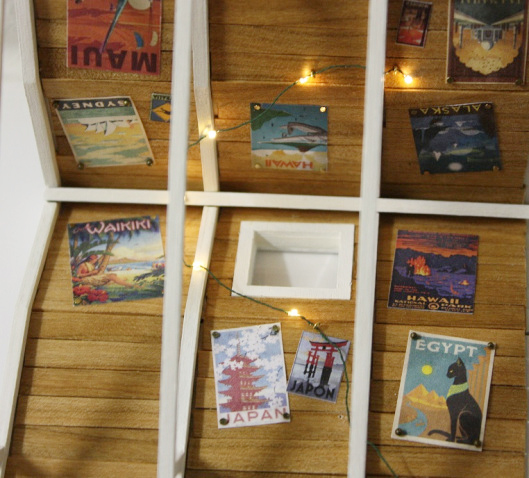
And this person would also love music, which can be seen in the stellar record collection and the ukulele that’s just waiting to be picked up and played.
“I brazenly admit to spending way too much time on the ukulele, but my strange passion for the instrument got the better of me again,” she says. “I relied on laser cutting for the birch body and then did some carving and sanding to shape the neck,” she says. “It has a real Gaboon ebony fretboard and saddle, and there’s an abalone diamond in the headstock to give it some extra sparkle. A coat of satin poly made me want to hug it, but the stories were true: It takes polyurethane forever to dry on ebony and the instrument stayed sticky for a whole week.”
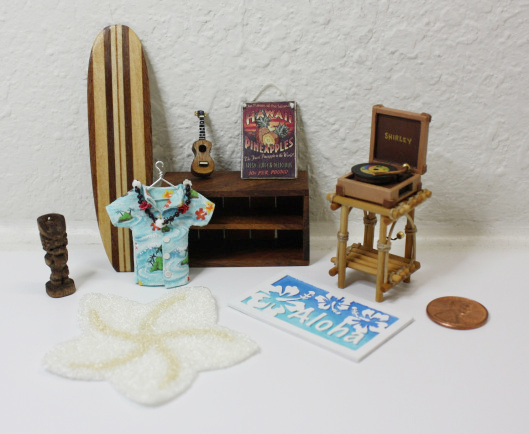
“The laser cut Aloha doormat was a more epic undertaking than I’d anticipated, but the results were almost worth it,” she continues. “More than one swear word was uttered as I played a tiny game of Operation, blueifying just the nooks and crannies with paint.”
In addition to laser cutting, Liz hand-crafted all of the other pieces in the dollhouse. You’ll definitely want to read her post on the project, where she explains how she recreated Maui’s soil and fashioned a palm tree for the exterior, hand carved a tiki, made Adirondack chairs from wooden coffee stirrers picked up from her travels to the Bahamas and Portland, Oregon, and created an amazing collection of vinyl albums because “a family beach house wouldn’t be right without my father’s tunes wafting through the windows.” Plus, you’ll also get to see the world’s tiniest pair of Birkenstocks, made of real cork, leather and human angst. Don’t miss it!
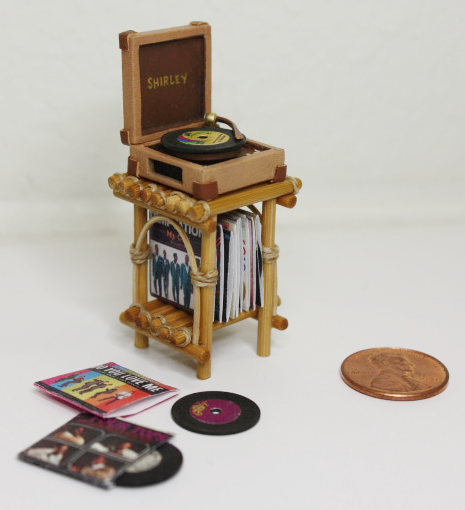
Working With Ponoko
Liz says that she knew she wanted to try laser cutting for the Ohana House, so she first contacted people in other miniature hobbies such as model railroads, remote controlled airplanes, etc., to get recommendations.
“I found a couple of individuals who I could send the files to and pay, but I was less convinced of the quality of the work,” she says. “A simple Google search turned up Ponoko, and I liked that I could play around with designs to see what they will cost ahead of time. I was also impressed by how hard Ponoko works to protect the wood from laser burns or the tiny parts from getting lost.
“Once I got the hang of it, laser cutting became my method of choice for making small, exact parts, especially ones with cutouts such as the tiny windows,” she continues. “I would have needed precision saws and other expensive tools to do similar work by hand in wood.”
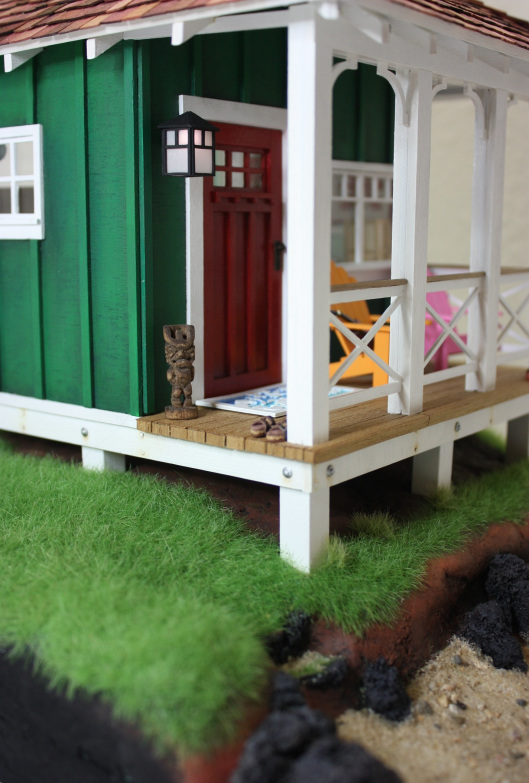
Another benefit of having the plans digitally created is that Liz can easily make copies of the dollhouse if someone asks. “After I finished the Ohana House, members of the miniatures club I am in wanted to make their own, so I ended up cutting 15 more dollhouse kits and designing beach-themed furniture to go with them,” she says.
Finding Success—And Meaning
But Liz’s miniatures club pals aren’t the only ones taking notice of her skill and creativity. In fact, the Ohana House was the runner-up in an Undersized Urbanite contest for excellence in making dollhouses!
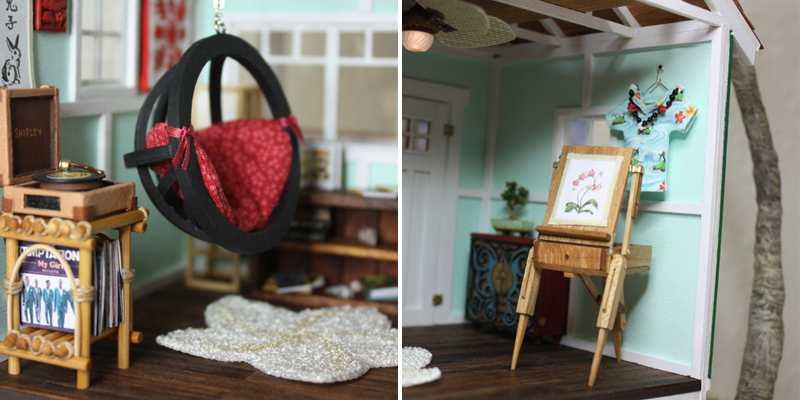
[BTW: This is the second time Undersized Urbanite has honored Liz for her work. Her first project, a cottage-style mill and bakery (with a real thatched roof!), was the runner-up in the newbie category.]
Building wooden dollhouses is truly a labor of love. And you can see the care Liz puts into her designs with every little detail she includes. So while every project is a new learning experience, the Ohana House taught Liz more than how to create the perfect beach house.
“I also learned along the way that aloha has a much deeper significance than hello and goodbye,” Liz says. “According to Queen Lili’uokalani, it is the recognition of life in another being and the happiness that is being part of nature. It is a powerful word that can only be spoken with a pure heart.”
Aloha, Liz. Aloha.
To learn more about Liz, don’t miss this this interview with Undersized Urbanite. And to keep up with what she is making, visit her website.
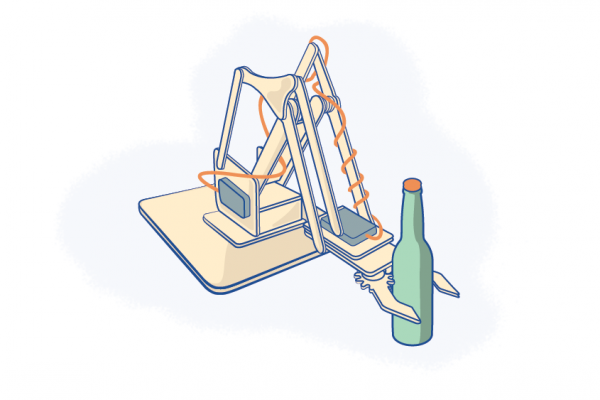
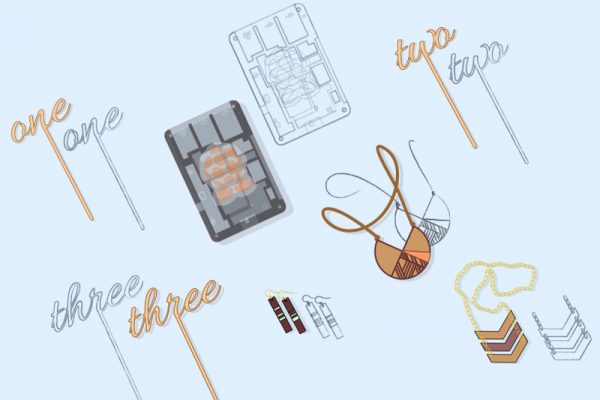
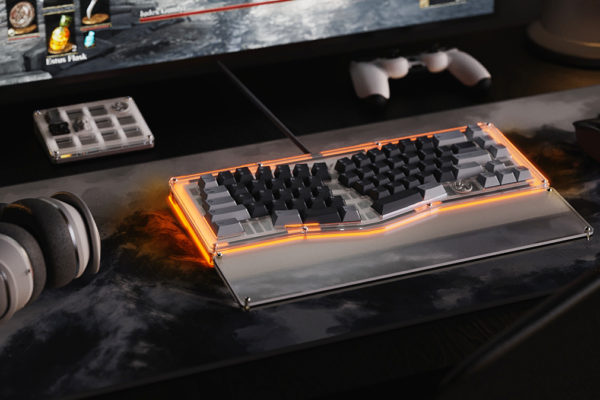
4 Comments
Liz has absolutely amazing skills. I completely lose track of time when reading her blog.
Hi Christina, we think so too! Liz is one of the many talented makers we are lucky enough to work with. 🙂
These are awesome
Do you know how many times I tried to make a record player for my Barbie?
For the arm I took a common pin and bent it at the end.
Hi Dianne, they certainly are pretty neat! Sounds like you were a maker from an early age, great stuff.
Comments are closed.